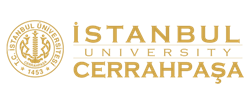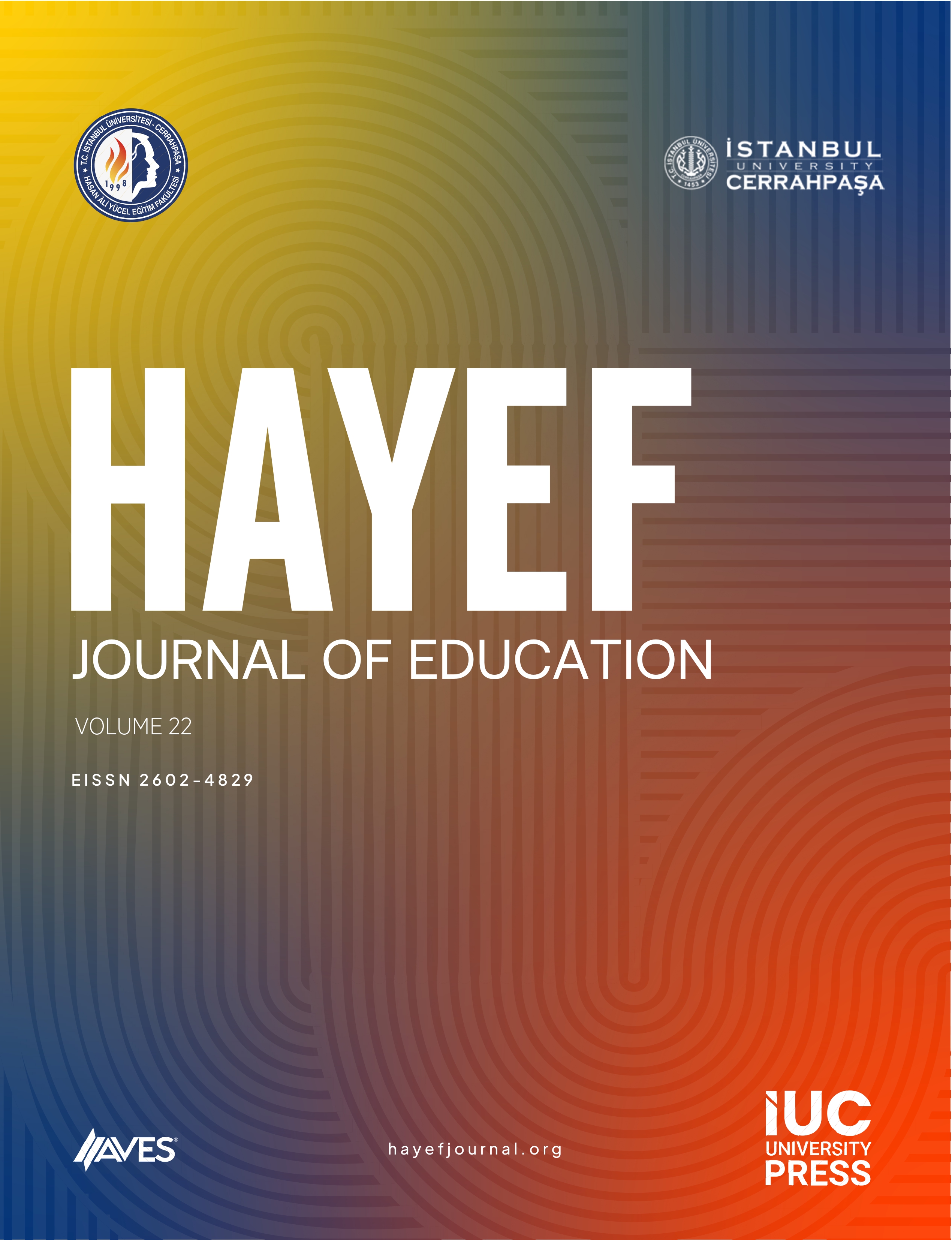It has been a subject of discussion among the pedagogists, methodologists and linguists whether translational activities should take place in foreign language education; the method and the objective of the activities in question have developed in the direction of the theoretical foundation of the methods applied in foreign language education. During the period of traditional method implemented by the name of grammar-translation method, the translation of written texts into the native language had almost become the sole objective of foreign language education. Within the frameworks of indirect method, audio-lingual method and audio-visual method, the translational activity was totally discarded and considered as a drill-type that negatively influenced the foreign language learning process. On the other hand, adaptation of the notions that present language as an instrument of communication as well as a systematic entity and define linguistic performance as a communicational act, led to the reconsideration of translational activity within the agenda of communicative approach. Taking texts as unit of teaching instead of sentences imply that the comprehension and the reproduction of meaning, as fundamental objectives of the process, are in keeping with the principals of communicative approach and the interpretative translation theory. Yet ,in designing a place for translational in foreign language education, the difference between pedagogy of translation and pedagogical translation needs not be discarded. Pedagogical translation might build up sound foundation for further education of translation for the student in case it is done in keeping with the principles of interpretative translational theory.



